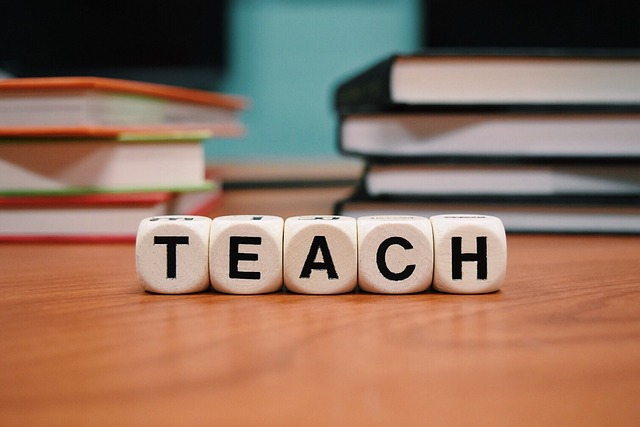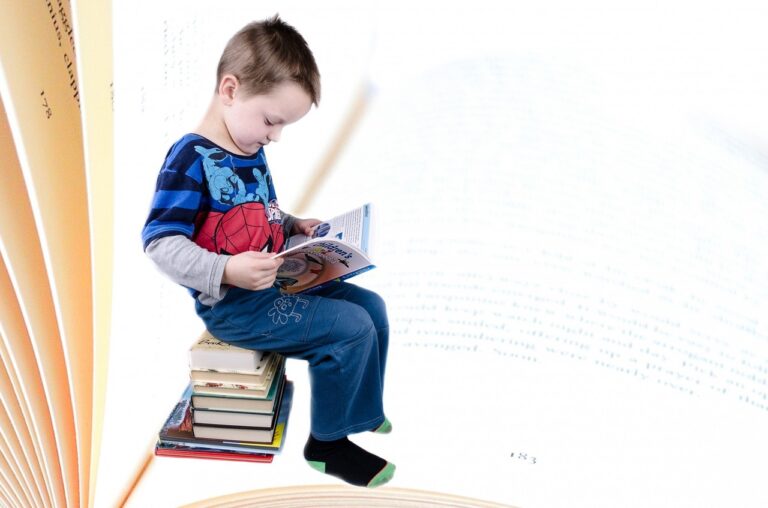Exploring the Role of Mindfulness in Reducing Student Expulsion Rates
Mindfulness has gained recognition in educational settings for its positive effects on student behavior. Incorporating mindfulness practices into schools has shown promising outcomes in enhancing students’ emotional regulation and self-control. By promoting present-moment awareness and teaching students to respond to challenges with a calm and focused mindset, mindfulness interventions can lead to a reduction in impulsive behaviors and emotional outbursts among students. This shift towards greater self-awareness and emotional regulation can contribute to creating a more harmonious and conducive learning environment within the classroom.
Furthermore, research suggests that mindfulness can help students develop a greater sense of empathy and understanding towards their peers. By fostering a non-judgmental and compassionate mindset through mindfulness practices, students are encouraged to cultivate a deeper understanding of their emotions and the emotions of others. This heightened sense of empathy can lead to improved social interactions, increased cooperation, and enhanced conflict resolution skills among students. As a result, integrating mindfulness into schools can not only positively impact individual student behavior but also contribute to a more inclusive and supportive classroom community.
Understanding the Connection Between Mindfulness and Academic Success
Mindfulness practices have garnered increasing attention in educational settings for their positive impact on academic success. Research indicates that cultivating mindfulness can help students enhance their focus, attention, and self-regulation skills, which are crucial for effective learning. By being fully present and aware of their thoughts and emotions, students are better equipped to engage with their studies and navigate academic challenges with resilience.
Moreover, mindfulness has been shown to reduce stress and anxiety, common barriers to academic performance. When students are able to manage their stress levels and approach tasks with a calm and clear mind, they are more likely to perform well academically. By incorporating mindfulness techniques into their daily routines, students can create a conducive learning environment that promotes academic success and overall well-being.
How Mindfulness Practices Can Improve Classroom Dynamics
Mindfulness practices can have a profound impact on enhancing classroom dynamics. By incorporating mindfulness techniques into the daily routine, educators can create a more positive and inclusive learning environment for their students. When students are encouraged to practice mindfulness, they become more attuned to their thoughts and emotions, leading to improved self-regulation and emotional intelligence. This, in turn, fosters better communication and empathy among peers, promoting a more harmonious classroom atmosphere.
Moreover, mindfulness practices can help reduce stress and anxiety levels in both students and teachers. By incorporating simple mindfulness exercises such as deep breathing or meditation into the school day, individuals can better manage their emotions and reactions to challenging situations. As a result, conflicts and disruptions in the classroom are less likely to escalate, creating a more peaceful and conducive space for learning and collaboration.
What exactly is mindfulness?
Mindfulness is the practice of being fully present and aware of your thoughts, emotions, and surroundings without judgment.
How can mindfulness practices improve classroom dynamics?
Mindfulness practices can help students regulate their emotions, increase their focus and attention, and improve their relationships with their peers and teachers.
Can mindfulness help with student behavior issues?
Yes, mindfulness has been shown to help students manage their emotions and impulsivity, leading to a decrease in disruptive behavior in the classroom.
How does mindfulness impact academic success?
Mindfulness can improve students’ concentration, memory, and problem-solving skills, ultimately leading to better academic performance.
Are there specific mindfulness practices that are more effective in a classroom setting?
Some effective mindfulness practices for the classroom include deep breathing exercises, guided meditation, and mindful listening activities.
How can teachers incorporate mindfulness into their daily classroom routines?
Teachers can start the day with a short mindfulness exercise, incorporate mindfulness into lesson plans, or create a designated quiet space for students to practice mindfulness when needed.







